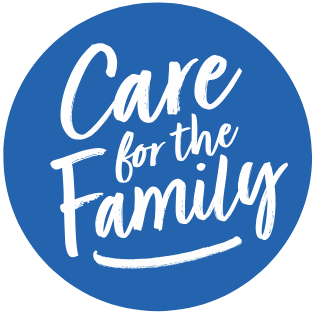After the death of a partner, one of the challenges that is quite common is the question of identity.
Identity can be said to be who you are, the way you think about yourself, the way you are viewed by the world and the characteristics, the qualities, beliefs, etc., that distinguish or identify a person and that define you.
Just a few examples of identity are a person’s name, their gender, their ethnicity, their occupation, their culture and their relationship status.
Those widowed usually have to deal with a significant number of changes. The part of yourself that interacted with your partner also dies and you are no longer able to interact with the physical presence of the deceased. Your roles often change, your occupation may change, and your location may change and so on. Many refuse to acknowledge that death imposes identity change and resist the transition. However, it is inevitable that there is a need to integrate the old and the new worlds.
All loss makes us feel vulnerable and this can lead into behaviours, anxieties, and actions that threaten to eclipse our fuller identities. “Who am I ?” becomes hard to answer when life is viewed through a prism of loss. The sooner we recognize the painful, complicated emotions that loss evokes, the more quickly we are to accept our feelings and integrate them into our new selves.
Yes you are a widow/widower but your identity will change as you rebuild your life. Eventually you will realise that you are more than a widow/widower. The things that you start to say to yourself will change your outlook on who you are. For example you may be able say to yourself “I am a mother, a daughter, a trusted friend, a volunteer, an actor, a linguist” … and maybe in time you may also say a partner.
Try to reach a point where you can remove your widow/widower mask, and accept that widowhood is not a state of being, that it is a part of you but not the whole part.
Everyone has the potential to rebuild their story. Identity is a bit like shifting sands and changes over time with life’s experiences and challenges. We have to integrate the good and bad, painful and pleasant moments.
Here’s what you need to know to ease the transition into a new life and accept the changes in identity that death imposes.
A new identity is structured on skills, new and existing relationships, roles and on one’s loss. What do you need to add to your life now that your loved one is no longer physically present? What will you have to learn? What new role(s) will you have to assume? What relationships will you have to replace? What modifications in old behaviour will you make as you add to your daily task list? If you were too dependent on the person who died, it will be especially important to have a trusted friend or counsellor assist you in this ongoing transition.
New friendships are inevitable after the loss of your partner as you often leave the world of coupledom. What will you do to increase your circle of friends? Your community of friends, especially new friends, will be a part of your new identity and particularly useful in adjusting to loss.
All that you now have to do, what your partner previously did when they were alive, will also be part of your new identity. Keep a diary to record your victories and struggles. Know that you are important, possess the willpower to make this transition, and will outlast the distress associated with your great loss.
Share on social media
Help us support families today
At Care for the Family we support couples, parents and those who have been bereaved. If you would be able to make a one off donation to support our work, we would be very grateful. Thank you.
